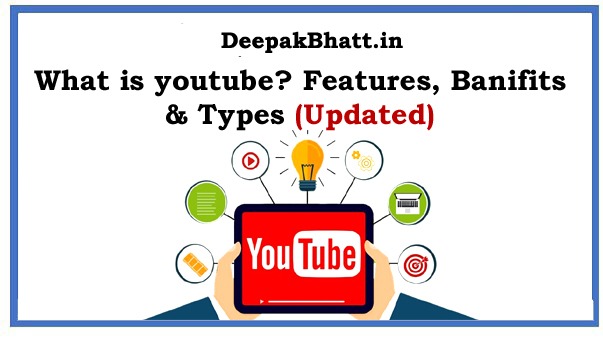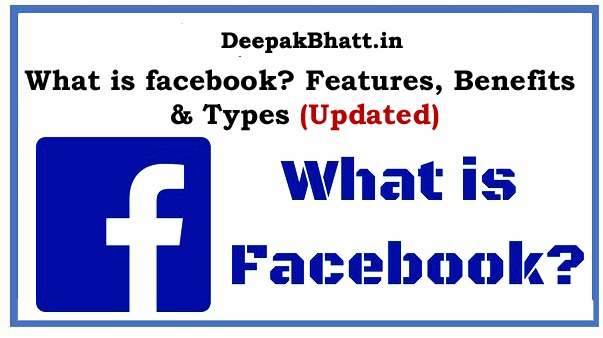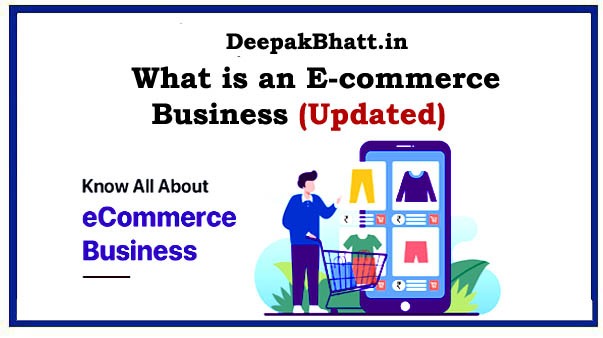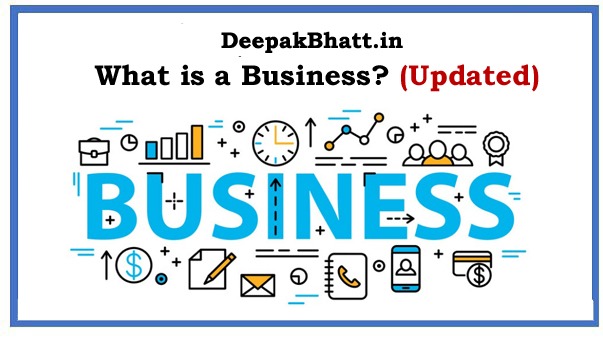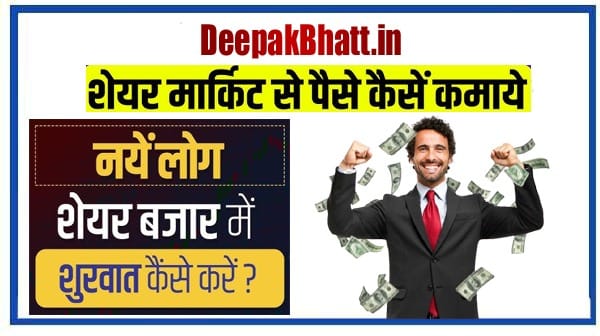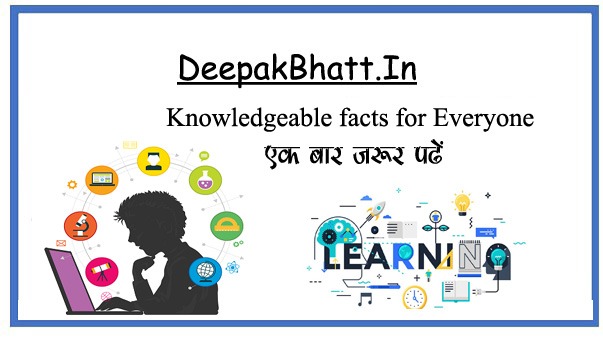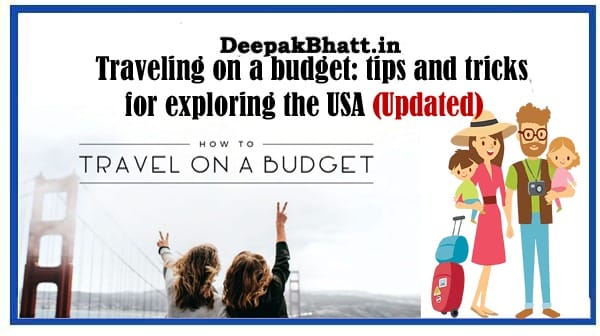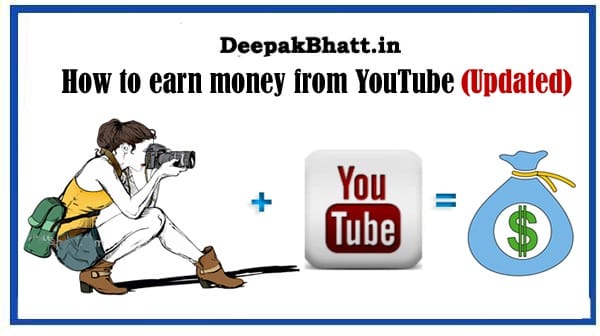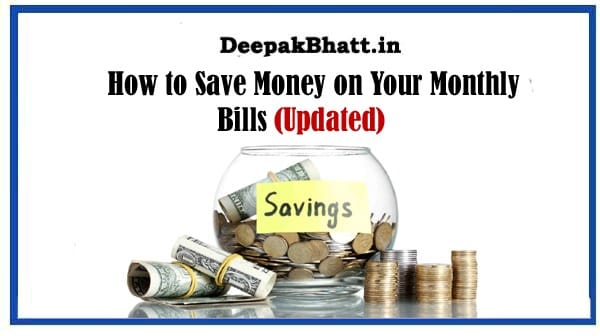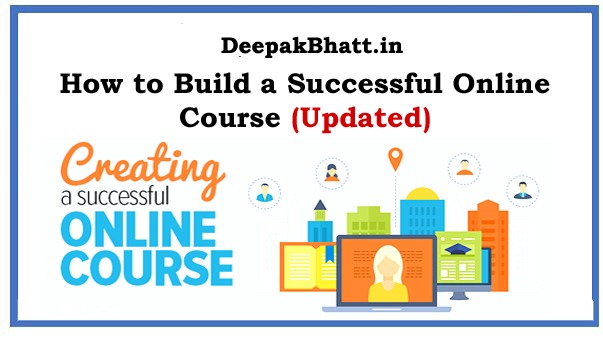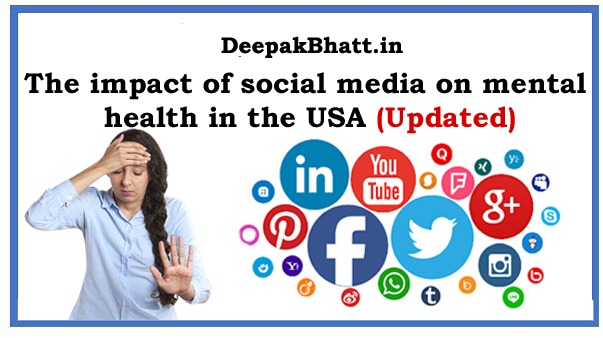What is youtube A video sharing platform that allows users to upload, share, and view videos.
It was created in 2005 and has since become one of the largest websites on the internet, with over 2 billion monthly active users.
it is owned by Google, and it is a popular destination for people looking for entertainment, educational content, and information on a wide range of topics.
- 1 What is youtube ?
- 1.1 Key benefits and features
- 1.2 Massive Audience:
- 1.3 Video Hosting:
- 1.4 Search Functionality:
- 1.5 Engagement Features:
- 1.6 Monetization:
- 1.7 Analytics:
- 1.8 Community Building:
- 1.9 Why use YouTube?
- 1.10 Access to a massive audience:
- 1.11 Free hosting and distribution:
- 1.12 Search functionality:
- 1.13 Engagement features:
- 1.14 Monetization opportunities:
- 1.15 Educational and entertainment value:
- 1.16 Types of youtube
- 1.17 Vlogs:
- 1.18 How-To Videos:
- 1.19 Educational Videos:
- 1.20 Gaming Videos:
- 1.21 Comedy:
- 1.22 Music Videos:
- 1.23 Reviews:
- 1.24 Advantages
- 1.25 Massive audience:
- 1.26 Free hosting and distribution:
- 1.27 Search functionality:
- 1.28 Engagement features:
- 1.29 Monetization opportunities:
- 1.30 Brand building:
- 1.31 Disadvantages
- 1.32 Competition:
- 1.33 Content quality:
- 1.34 Copyright issues:
- 1.35 Limited monetization options:
- 1.36 Algorithm changes:
- 1.37 Trolls and negative comments:
- 1.38 People also ask (FAQ)
- 1.39 1.What is the YouTube used for?
- 1.40 Entertainment:
- 1.41 Education:
- 1.42 Marketing:
- 1.43 Social networking:
- 1.44 News:
- 1.45 2. What is full meaning of YouTube?
- 1.46 3. What is YouTube and why is it good?
- 1.47 Accessibility:
- 1.48 Diversity of Content:
- 1.49 Education:
- 1.50 Social Networking:
- 1.51 Convenience:
- 1.52 4. What are the main features of YouTube?
- 1.53 Video Upload:
- 1.54 Video Playback:
- 1.55 Searching and Browsing:
- 1.56 Subscription:
- 1.57 Likes and Dislikes:
- 1.58 Sharing:
- 1.59 Live Streaming:
- 1.60 Monetization:
- 1.61 Analytics:
- 1.62 5.What is the benefits of YouTube like?
- 1.63 Feedback:
- 1.64 Audience Engagement:
- 1.65 Visibility:
- 1.66 Monetization:
- 1.67 Psychological Benefits:
- 1.68 6. What is the importance of YouTube in daily life?
- 1.69 Entertainment:
- 1.70 Education:
- 1.71 News and current events:
- 1.72 Social connection:
- 1.73 Career and business opportunities:
What is youtube ?
YouTube allows users to create channels, where they can upload and share their own videos, as well as subscribe to other users’ channels to keep up with their latest content.
The platform also offers various features, such as commenting, liking, and sharing videos, as well as a search function to help users find content on specific topics.
YouTube has become a significant part of modern culture, and it has become a popular platform for content creators, businesses, and organizations to reach their target audience.
What is Money? Features, Imortance & Types
What is a Business? Features, Types & Impotance
What is an E-commerce business
Key benefits and features
YouTube offers several benefits and features for users, content creators, businesses, and organizations. Some of the key benefits and features of YouTube include:
Massive Audience:
With over 2 billion monthly active users, YouTube offers a massive audience for content creators, businesses, and organizations to reach.
Video Hosting:
Provides a free platform for hosting and sharing videos, allowing users to upload and share their own videos, as well as watch and share videos uploaded by others.
Search Functionality:
Has a robust search function that makes it easy for users to find videos on specific topics or keywords, making it an excellent platform for learning and research.
Engagement Features:
YouTube offers several features that encourage user engagement, such as commenting, liking, and sharing videos, as well as the ability to create and participate in discussions on specific videos or channels.
Monetization:
YouTube provides several monetization options for content creators, such as advertising revenue, sponsorships, and merchandise sales.
Analytics:
YouTube provides detailed analytics and data on video performance, audience demographics, and engagement, allowing content creators and businesses to track and optimize their video content and marketing strategies.
Community Building:
YouTube offers a unique opportunity for content creators and businesses to build a loyal community of followers and fans who engage with their content and provide valuable feedback and insights.
Complete JavaScript Freemium Course
Learn Ethical Hacking From Scratch
Why use YouTube?
There are several reasons why someone might choose to use YouTube, whether as a viewer or as a content creator. Some of the main reasons include:
Access to a massive audience:
YouTube has over 2 billion monthly active users, making it an excellent platform for reaching a large and diverse audience.
Free hosting and distribution:
YouTube provides a free platform for hosting and sharing videos, making it easy for content creators to reach their audience without having to worry about the costs of hosting and distribution.
Search functionality:
YouTube has a powerful search function that makes it easy for viewers to find videos on specific topics or keywords, allowing content creators to target their content to a specific audience.
Engagement features:
YouTube offers several features that encourage user engagement, such as commenting, liking, and sharing videos, as well as the ability to create and participate in discussions on specific videos or channels.
Monetization opportunities:
YouTube offers several monetization options for content creators, such as advertising revenue, sponsorships, and merchandise sales.
Educational and entertainment value:
YouTube offers a wealth of educational and entertaining content, making it an excellent resource for learning new skills, finding inspiration, or simply passing the time.
Types of youtube
There are several types of content on YouTube, and it continues to evolve as users create new and innovative ways to share their ideas and engage with their audience. Some of the most popular types of YouTube content include:
Vlogs:
Vlogs or video blogs are personal video diaries that document the daily life and experiences of the creator. Vlogs can cover a wide range of topics, from personal stories to travel and adventure, and they often have a casual, conversational tone.
How-To Videos:
How-to videos provide step-by-step instructions on how to complete a specific task, such as cooking a recipe, fixing a bike, or performing a makeup tutorial.
Educational Videos:
Educational videos provide in-depth knowledge and insights on specific topics, such as science, history, or politics. These videos are often produced by educators, experts, and organizations.
Gaming Videos:
Gaming videos are recordings of gameplay, often with live commentary from the player. These videos can cover a wide range of games and can include tutorials, reviews, and live streaming.
Comedy:
Comedy videos are created to entertain and make people laugh. These videos can include sketches, parodies, and stand-up comedy.
Music Videos:
Music videos are professionally produced videos that accompany a song or musical composition. They can be created by musicians, music labels, or independent creators.
Reviews:
Review videos provide an in-depth evaluation of a product, service, or experience. These videos can include reviews of movies, books, gadgets, or restaurants, among others.
These are just a few examples of the types of content that can be found on YouTube. With such a broad range of content, there is something for everyone on YouTube.
Advantages
There are several advantages of using YouTube, both as a viewer and as a content creator. Some of the key advantages include:
Massive audience:
YouTube has over 2 billion monthly active users, making it an excellent platform for reaching a large and diverse audience.
Free hosting and distribution:
YouTube provides a free platform for hosting and sharing videos, making it easy for content creators to reach their audience without having to worry about the costs of hosting and distribution.
Search functionality:
YouTube has a powerful search function that makes it easy for viewers to find videos on specific topics or keywords, allowing content creators to target their content to a specific audience.
Engagement features:
YouTube offers several features that encourage user engagement, such as commenting, liking, and sharing videos, as well as the ability to create and participate in discussions on specific videos or channels.
Monetization opportunities:
YouTube offers several monetization options for content creators, such as advertising revenue, sponsorships, and merchandise sales.
Educational and entertainment value:
YouTube offers a wealth of educational and entertaining content, making it an excellent resource for learning new skills, finding inspiration, or simply passing the time.
Brand building:
YouTube is an effective tool for building brand awareness and recognition, particularly for businesses and organizations.
Disadvantages
While YouTube offers many advantages, there are also some potential disadvantages to consider, such as:
Competition:
YouTube is a crowded platform, with millions of videos uploaded every day. This means that it can be difficult for new content creators to stand out and build an audience.
Content quality:
Because anyone can upload videos to YouTube, the platform can be a mixed bag in terms of content quality. Viewers may need to sift through a lot of low-quality or irrelevant content to find what they are looking for.
Copyright issues:
YouTube has strict policies against copyright infringement, which means that content creators need to be careful about using copyrighted material in their videos. Violating these policies can lead to legal action or the removal of a video or channel.
Limited monetization options:
While YouTube offers several monetization options for content creators, such as advertising revenue and sponsorships, these options may not be available or feasible for all creators, particularly those with smaller audiences.
Algorithm changes:
YouTube’s search and recommendation algorithms are constantly changing, which can make it difficult for content creators to keep up and stay visible to their audience.
Trolls and negative comments:
YouTube can be a breeding ground for trolls and negative comments, which can be discouraging or even harmful for content creators.
People also ask (FAQ)
1.What is the YouTube used for?
YouTube is a video sharing platform where users can upload, share, and view videos. It can be used for various purposes, including:
Entertainment:
Many people use YouTube to watch entertaining videos such as music videos, comedy skits, TV shows, and movie trailers.
Education:
YouTube is also a great resource for educational content. Many people use the platform to learn new skills, access online courses, and watch lectures on various topics.
Marketing:
Businesses and individuals can use YouTube to promote their products and services by creating marketing videos and ads.
Social networking:
YouTube also serves as a social networking platform where users can interact with each other by commenting on videos, sharing videos, and subscribing to channels.
News:
YouTube has become a popular source of news for many people. News channels and reporters use the platform to share breaking news and in-depth analysis.
2. What is full meaning of YouTube?
YouTube is a video-sharing platform and the full meaning of “YouTube” is “You” + “Tube”.
The “You” refers to the user or creator of the content, and the “Tube” refers to the television tube or cathode ray tube (CRT) that was once a common technology used in televisions.
The name “YouTube” therefore implies a platform that allows individual users to broadcast their own content and share it with the world, much like a TV station, but through the internet.
The website was created in 2005 by three former PayPal employees and was acquired by Google in 2006.
3. What is YouTube and why is it good?
YouTube is a video-sharing platform that allows users to upload, share, and view videos.
It was created in 2005 and has since become one of the largest and most popular websites on the internet. YouTube is considered good for several reasons:
Accessibility:
YouTube is available to anyone with an internet connection, which makes it accessible to a wide range of people around the world. This means that anyone can create and share content on the platform, which can be a powerful tool for self-expression and creativity.
Diversity of Content:
YouTube has a vast and diverse range of content, including music videos, tutorials, comedy skits, news reports, and more. There is something for everyone on the platform, making it an engaging and entertaining source of information and entertainment.
Education:
YouTube has become a valuable resource for learning and education. There are many educational channels on the platform that offer lessons and tutorials on a wide range of topics, from science and math to history and language.
Social Networking:
YouTube allows users to interact with each other through comments, likes, and subscriptions, creating a sense of community on the platform.
Convenience:
YouTube is a convenient way to access and share video content. Users can watch videos on any device with an internet connection, and the platform makes it easy to search for and find specific videos.
4. What are the main features of YouTube?
YouTube is a vast and feature-rich platform, but here are some of its main features:
Video Upload:
Users can upload videos to their channels, making them available for viewing to anyone on the platform.
Video Playback:
Users can watch videos on YouTube for free, with the ability to control playback speed, resolution, and other settings.
Searching and Browsing:
Users can search for videos by keywords, browse videos by category or topic, and get personalized recommendations based on their viewing history.
Subscription:
Users can subscribe to channels and get notified when new content is posted.
Comments: Users can comment on videos, reply to other comments, and interact with other users.
Likes and Dislikes:
Users can show their appreciation for a video by giving it a thumbs up, or express their dislike with a thumbs down.
Sharing:
Users can share videos on other social media platforms or embed them on their own websites.
Live Streaming:
Users can stream live video content in real-time, allowing viewers to watch events as they happen.
Monetization:
Content creators can monetize their channels through ads, sponsorships, and other methods.
Analytics:
YouTube provides analytics tools for channel owners to track the performance of their videos, such as views, watch time, and engagement.
5.What is the benefits of YouTube like?
The benefits of the “like” feature on YouTube include:
Feedback:
The “like” button allows viewers to provide feedback on a video. When a video receives many likes, it indicates that viewers find the video enjoyable or informative. This feedback can help content creators understand what their audience likes and dislikes.
Audience Engagement:
The “like” feature can also encourage engagement and interaction between content creators and their audience. When viewers like a video, they may be more likely to comment on it or share it with their friends.
Visibility:
Videos with more likes are more likely to appear in search results and recommended video sections. This increased visibility can help content creators reach a larger audience and grow their channel.
Monetization:
For content creators who monetize their channels through ads or sponsorships, the “like” feature can help increase revenue. Videos with more likes may be more attractive to advertisers, leading to more opportunities for monetization.
Psychological Benefits:
Receiving “likes” on a video can provide a sense of validation and encouragement for content creators. This positive feedback can help them feel more motivated to create new content and improve their skills.
6. What is the importance of YouTube in daily life?
YouTube has become an integral part of daily life for many people around the world. Here are some of the key reasons why it is important:
Entertainment:
YouTube is a great source of entertainment, with a wide range of videos that cater to all interests and age groups. People can find videos on comedy, music, movies, TV shows, sports, and more.
Education:
Is also an excellent source of education, with videos that provide information on a wide range of topics, from science and history to cooking and DIY projects.
News and current events:
Provides an alternative to traditional news media, with a variety of independent journalists and media outlets providing coverage of current events.
Social connection:
Provides a platform for people to connect with others who share their interests and to build communities around common passions.
Career and business opportunities:
Also become an important platform for content creators, entrepreneurs, and businesses to promote their products and services and reach a wider audience.

